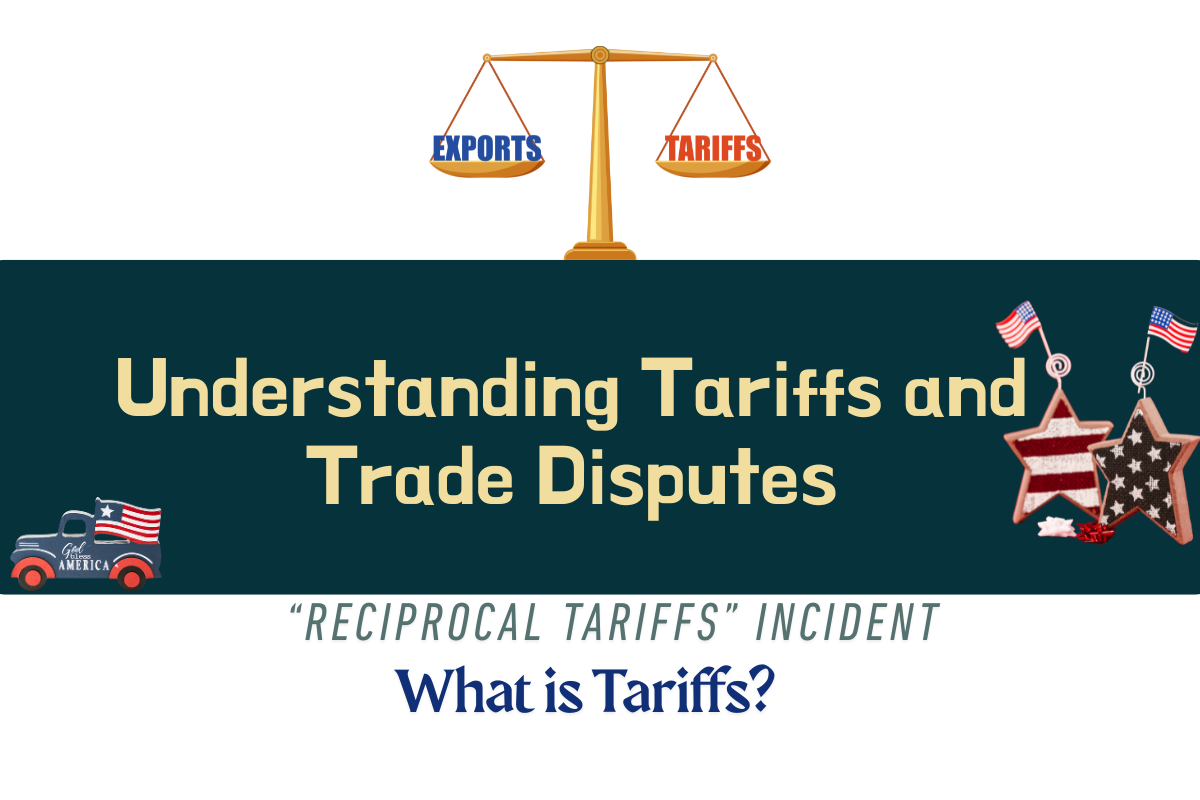Understanding Tariffs and Trade Disputes
Tariffs 关税(guān shuì) refer to taxes imposed by a country's customs on goods entering or leaving through its borders, according to its domestic laws. They serve as a crucial tool for nations to regulate foreign trade, protect domestic industries, and increase government revenue. There are various types of tariffs, such as import tariffs, export tariffs, and transit tariffs. Import tariffs aim to shield domestic industries from foreign competition and boost government revenue. In contrast, many countries reduce or waive export tariffs to encourage exports. Transit tariffs are levied on goods passing through a country's borders to other nations.
关税(guān shuì),noun,tariffs
Example:
The government raised tariffs on imported cars to protect local industries.
政府提高了进口汽车的关税以保护本地产业。
zhèng fǔ tí gāo le jìn kǒu qì chē de guān shuì yǐ bǎo hù běn dì chǎn yè.
High tariffs can lead to trade wars between countries.
高关税可能导致国家之间的贸易战。
gāo guān shuì kě néng dǎo zhì guó jiā zhī jiān de mào yì zhàn.

Tariff enforcement methods vary, including ad valorem, specific, compound, and sliding scale tariffs. Ad valorem tariffs involve levying a percentage of the goods' value, with the tax amount changing with price variations. Specific tariffs impose fixed tax amounts based on the quantity, weight, or volume of goods. Compound tariffs combine ad valorem and specific tariff systems, while sliding scale tariffs adjust tax rates based on price fluctuations.
On April 2, 2025, President Trump signed executive orders at the White House, introducing a 10% "minimum benchmark tariff" against trade partners and higher tariffs on certain partners. On April 8, the U.S. government announced raising the "equivalent tariff" rate on Chinese goods from 34% to 84%. The following day, the U.S. implemented the equivalent tariff policy, with Trump granting a 90-day tariff pause to non-retaliating nations. In response, China increased tariffs on all imported U.S. goods by 50% on April 10 at 12:01 a.m., elevating them to 84%. Additionally, the Commerce Department identified 12 U.S. entities on an export control list and six U.S. enterprises on an unreliable entity list.
Amid global interdependence, trade disputes have no winners, especially between the U.S. and China. It is vital for both countries, given their distinct development stages and economic systems, to respect each other's core interests and major concerns. Dialogue and negotiation are key to addressing disputes effectively.
To safeguard global peace, boost economic growth, and uphold mutual benefit, nations should prioritize equality, mutual benefit, and win-win cooperation, resolving trade disputes through dialogue and negotiations. As emphasized by China, there are no winners in trade wars, and protectionism is not the solution. Rather, countries should strengthen cooperation and work together to build an open world economy.
Furthermore, international organizations like the United Nations should play an active role in facilitating communication and coordination among nations, enhancing global trade rules and enforcement. Only through the collective efforts of the international community can peace and prosperity prevail worldwide. In this challenging era, it is imperative to cherish peace 和平(hé píng), collaborate, and create a better world for future generations.
和平(hé píng),noun,peace
Example:
The two nations finally signed a treaty to maintain peace.
两国最终签署了条约以维持和平。
liǎng guó zuì zhōng qiān shǔle tiáo yuē yǐ wéi chí hé píng.
World leaders gathered to discuss global peace and security.
世界领导人齐聚一堂,讨论全球和平与安全。
shì jiè lǐng dǎo rén qí jù yī táng, tǎo lùn quán qiú hé píng yǔ ān quán.
What are your thoughts on this tariff war? Feel free to leave us a comment.